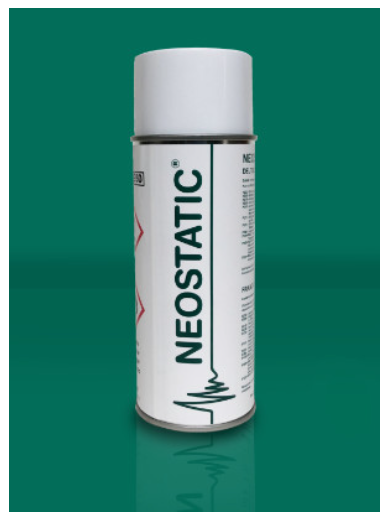Enhanced TDS
Knowde-enriched technical product data sheet
Identification & Functionality
- Plastics & Elastomers Functions
- Technologies
- Product Families
Features & Benefits
Applications & Uses
- Markets
- Applications
- Compatible Polymers & Resins
- Plastics & Elastomers End Uses
- Plastics & Elastomers Processing Methods
- Applications
Application is carried out by spraying, immersion or roller application with a 1% NEOSTATIC solution in distilled water or in a mixture of distilled water/alcohol. A higher alcohol proportion (max. 20%) produces quicker drying.
For molding parts of EPS it is possible to provide an anti-static treatment with the
NEOSTATIC method during or after the foaming process. The material is antistatically treated before the last foaming process. The surfaces of the EPS beads are therefore antistatic also on the inside of the finished EPS molding parts.Contact with metallic surfaces may result in corrosion damage.
Our NEOSTATIC antistatics protect plastic surfaces against electrostatic charging. This consequently reduces the undesirable effects of charging, such as attraction of dust, sparking or the “adhesion” of films, plastic parts and textiles.
Application advantages
NEOSTATIC antistatics are already successfully used in the following areas:
- When processing with EPS, the internal treatment protects the antistatic effect and maintains it in the long term
- Surface-treated plastic panels and films can be deep-drawn without impairing the antistatic effect
- For protection of the contents against friction charging
- On plastic packaging, to prevent adhesion of dust (“frost patterns”) and dirt
- For optimisation of printing processes
- Good printability and ink adhesion on finished plastic parts (films, bottles, packaging, closures etc.) whose surface has been treated with NEOSTATIC antistatics
- Accurate printed images, no “spreading” of the ink due to electrostatic charging
- Incorporation into printing inks, e.g. for packaging printing with consistently good label adhesion
- Transparency and brilliance of clear PVC and acrylic glass is fully preserved when spraying or cleaning with NEOSTATIC antistatics
- No streak formation, even in a film immersion bath
- Protects and maintains the pour- and flowability of plastics
- Approved as an additive for foodstuffs packaging (see Sustainability)
- For antistatic cleaning, as a cleaning agent (e.g. floor coverings, building cleaning, cleaning of plastic doors / frames, etc.)
Further application areas:
- For textiles, synthetic fibers and mixed fabrics for process optimisation
- For paper and film-coated paper, for improved separation of individual sheets
- For exhibition construction, e.g. to preserve the high-gloss appearance of plastics and reduce cleaning requirements
- For processing with insulating and filling materials
- Chemical products for the graphics industry
- For application with paints, synthetic resins, inks and further surface treatments on a plastic basis
Regulatory & Compliance
- Certifications & Compliance
Packaging & Availability
- Packaging Type
- Packaging

- Packaging
ready for use, 400 ml spray